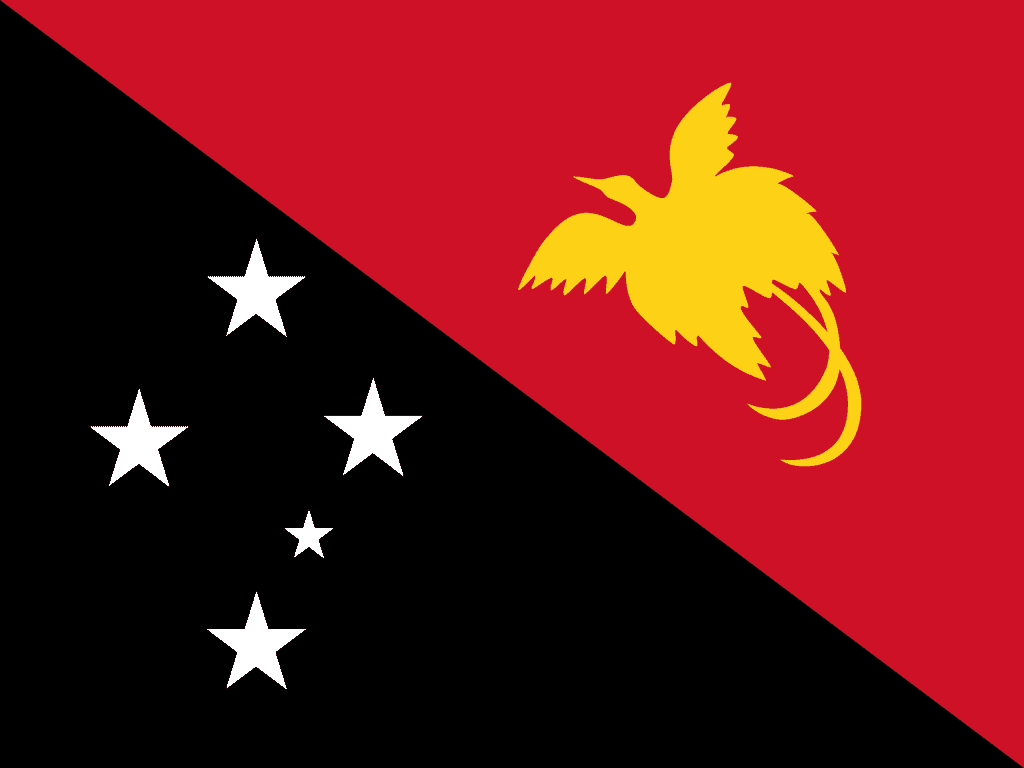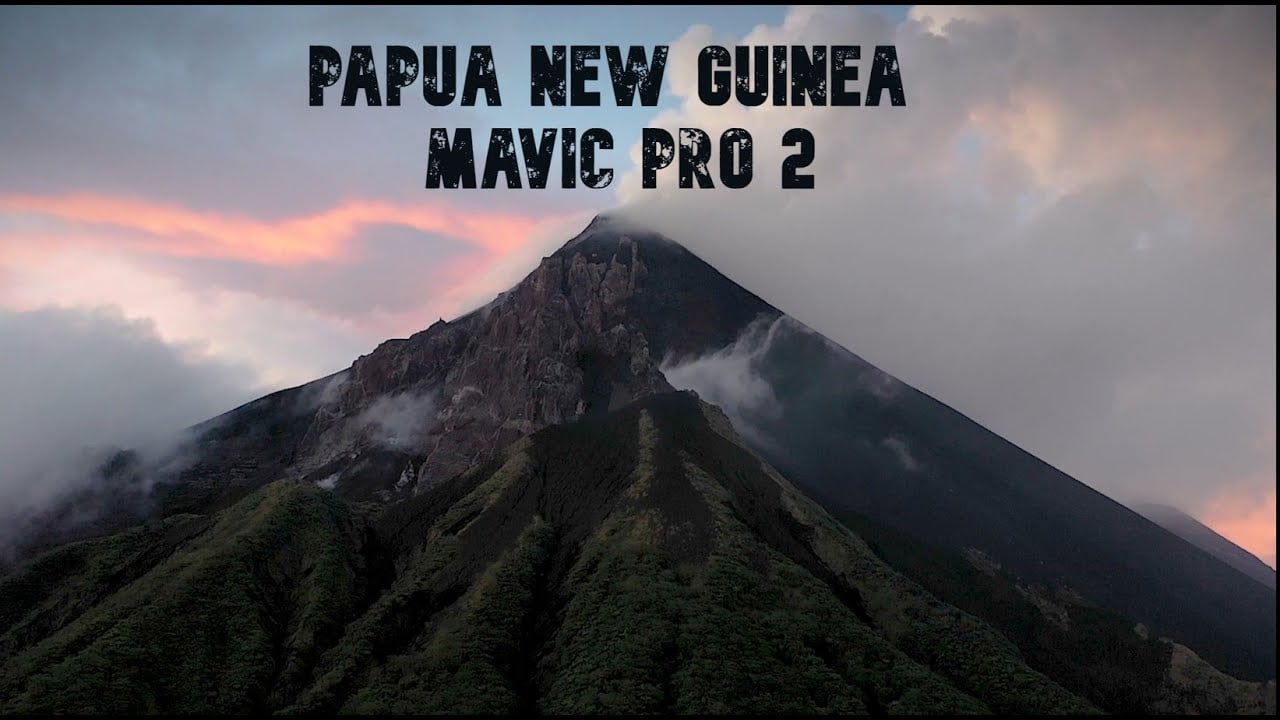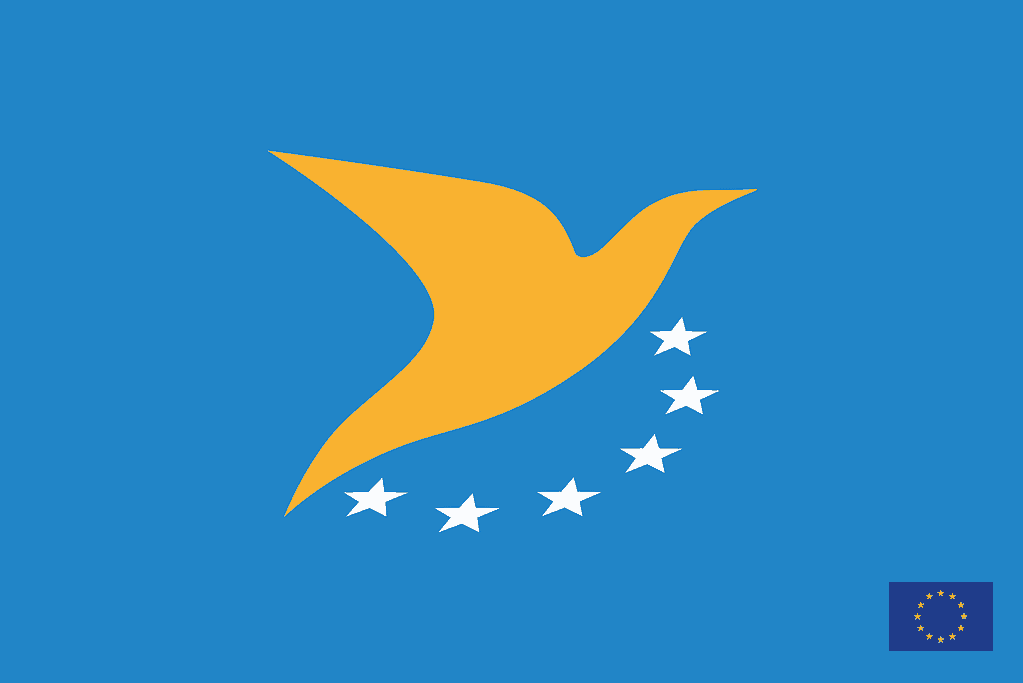Drone Laws in Papua New Guinea
Hobbyist Drone Laws For Residents of Papua New Guinea
Drone Operations in Papua New Guinea are currently regulated.
- Hobbyist drone flights are allowed in Papua New Guinea
- Hobbyist Papua New Guinea drone pilot license is required for some operations
- Hobbyist Drone registration/authorization is required in Papua New Guinea for hobbyists
- Drone Remote ID is not required in Papua New Guinea for hobbyists
- Drone Insurance is not required but recommended for hobbyists’ drone operations in Papua New Guinea
Read below for more details on Hobbyist Drone Laws in Papua New Guinea and to find links to regulators and other credible sources!
Agencies Responsible for regulating drones in the Independent State of Papua New Guinea
Drone Regulator in Papua New Guinea: Civil Aviation Safety Authority of Papua New Guinea (CASA PNG)
Link to Papua New Guinea Drone Laws: Papua New Guinea Drone Regulations Part 101 and Part 102
UAS Laws – General rules for flying drones in Papua New Guinea
The Papua New Guinea agency responsible for drone safety, CASA, has provided several internet-accessible details on flying for fun or work. The highlights are enumerated below. For more details, go to the link above.
Are drones allowed in Papua New Guinea?
According to CASA, drone use is allowed in Papua New Guinea, subject to CASA regulations. Read on for more details.
Here are the most important rules to know for flying a drone in Papua New Guinea:
Papua New Guinea Drone laws enumerate drone operations into two classes:
Part 101 Operations
Part 101 operators are not required to seek authorization from the Civil Aviation Safety Authority of Papua New Guinea (CASA PNG). As a result, there are no direct controls over the operator’s skills and qualifications or the aircraft’s airworthiness.
Part 101 applies to both recreational and commercial users. This means that a wide range of commercial activities can be conducted without interacting with the CASA.
The above risk-based approach allows lower-risk commercial operations to occur without the demanding certification requirements of Part 102, provided the operators remain compliant with the restrictions set out in Part 101.
Part 102 Operations
Part 102 is designed for higher-risk operators. It is highly flexible in that very few activities are expressly prohibited (other than carrying passengers, for example). Unmanned aircraft operators certificates (UAOCs) will be issued on a case-by-case basis, where the Director of Civil Aviation is satisfied that the operator has identified the risks associated with the intended operation(s) and has plans in place to mitigate those risks.
If an operator cannot comply with Part 101, the operation may be at higher risk and requires certification under part 102.
Part 101 – Basic framework
Part 101 only applies to RPAS weighing less than 25kg that can fully comply with Part 101. Any aircraft more than 10 kg and those that cannot comply with Part 101 must be certificated under Part 102.
RPAS weighing 10-25 kg must be constructed or inspected, approved, and operated under the authority of a person authorized by the Director.
This list should not substitute for a complete reading of Part 101. You should thoroughly assess your operation and ensure you understand the Civil Aviation Rules that apply to your operation before deciding whether to operate under Parts 101 and 102.
Some exceptions may apply, but generally, if you cannot meet any of these requirements, this indicates that your operation will need to be certified under Part 102.
To obtain a Part 102 certificate, the operator will need to make an application that includes assessing the risks and proposed risk mitigation measures that satisfy the Director that the operation can be conducted safely and does not pose undue risk to members of the public and property. See advisory circular AC102-1 for details.
Requirement for a remote pilot license
No person may operate a remotely piloted aircraft without pilot qualification unless the operation is conducted
- following the requirements of Part 101: and
- more than 5 nm from the boundary of the nearest aerodrome: and
- as an open category operation as prescribed in rule 101.219.
No person may operate a remotely piloted aircraft within 5 nm of the boundary of an aerodrome unless that person has
- a pilot qualification; or
- qualification of knowledge of the use of aeronautical charts and airspace.
Operating restrictions to know for flying a drone in Papua New Guinea:
The operation of unmanned aircraft per the rules in Part 101 is subject to the following restrictions.
Twelve key things are required under Part 101. You must—
- not operate an aircraft that is more than 10 kg without the Director’s approval and always ensure that it is safe to use; and
- at all times, take all practicable steps to minimize hazards to persons, property, and other aircraft (i.e., don’t do anything hazardous); and
- fly only in daylight; and
- give way to all manned aircraft; and
- be able to see the aircraft with your own eyes (e.g., not through binoculars, a monitor, or smartphone), to ensure separation from other aircraft (or in certain cases, use an observer to do this); and
- not fly your aircraft higher than 120 meters (400 feet) above ground level (unless certain conditions are met); and
- know airspace restrictions that apply in the area you want to operate; and
- not fly closer than 4 kilometers of any aerodrome (unless certain conditions are met); and
- obtain an Air Traffic Control clearance issued by PNG Air Services Ltd before flying in controlled airspace; and
- not fly in special-use airspace (e.g., restricted, military operating areas or low flying zones) without the permission of the administering authority of the area; and
- have consent from anyone you want to fly above; and
- have the consent of the property owner or person in charge of the area you want to fly above.
The requirement to get licenses or authorization to Operate drones in Papua New Guinea?
(a) Before operating an unmanned aircraft should follow the requirements of rule 102.3; a person must apply for an unmanned aircraft operator authorization or certificate.
(b) A person who operates an unmanned aircraft following Part 101 may apply for an unmanned aircraft operator certificate.
A person in (a) or (b) must apply by:
- applying to the Director; and
- paying the appropriate fee specified in regulations.
An application must include the following:
- the name and address for service in Papua New Guinea of the applicant; and
- the details required by rule 102.15 for the operations specification; and
- the applicant’s exposition required by rule 102.11; and
- any other information relating to the application as may be required by the Director.
Requirements of Unmanned aircraft operator application and exposition
An applicant for an unmanned aircraft operator authorization or certificate must provide the Director with an exposition that is acceptable to the Director.
The exposition must address the following matters, having regard to the nature, degree, and risk of the intended operation—
- the identification of a person who will have primary responsibility for the operation; and
- the identification of a person who is;
- to have or is likely to have control over the exercise of the privileges under the certificate: and
- the remote chief pilot as prescribed in Appendix A:
- details of the physical locations to be used in operation; and
- a safety management system per rule 102.29; and
- procedures for reporting information to the authority as required by Part 12; and
- operating requirements for personnel licensing, qualifications, training, and competency, including pilot and support crew qualifications, training, or medical requirements as required by Part 61; and
- details of the number and specifications of the aircraft to be used, including any identification system used on the aircraft (color schemes, unique identification numbers, markings) as required by Part 47; and
- details of the control system to be used to pilot the aircraft; and
- procedures for maintenance of aircraft and measures to ensure continued airworthiness; and
- in-flight procedures, including minimum distances from persons or property; and
- procedures for handling cargo or dropping items, if such operations are intended; and
- initial airworthiness standards that must be met; and
- procedures for controlling, amending, and distributing the exposition.
Notes for recreational drone pilots flying for fun in Papua New Guinea
Follow the general rules listed above, but check for updates by visiting the regulator’s links provided.
Commercial Drone Laws For Residents of Papua New Guinea
Drone Operations in Papua New Guinea are currently regulated.
- Commercial drone flights are allowed in Papua New Guinea
- Commercial Papua New Guinea drone pilot license is required
- Commercial Drone registration is required in Papua New Guinea for commercial drone operators
- Drone Remote ID is not required in Papua New Guinea for Commercial Drone Operators
- Drone Insurance is not required for commercial drone operations in Papua New Guinea
Read below for more details on Commercial Drone Laws in Papua New Guinea and to find links to regulators and other credible sources!
Notes for operating Commercial Drone Services in Papua New Guinea
Follow the general rules listed above, but check for updates by visiting the regulator’s links provided.
Drone Regulations For Visitors To Papua New Guinea
Drone Operations in Papua New Guinea are currently regulated.
- Foreign visitor drone flights are allowed in Papua New Guinea
- Foreign visitor drone pilot license is required for some operations
- Drone registration/authorization is required in Papua New Guinea for visitors/tourists
- Drone Remote ID is not required in Papua New Guinea for tourists
- Drone Insurance is not required but recommended for tourist drone operations in Papua New Guinea
Read below for more details on Drone Laws in Papua New Guinea for Visitors (Tourists) and to find links to regulators and other credible sources!
Drone Rules For Government Drone Operators in Papua New Guinea
Drone Operations in Papua New Guinea are currently regulated.
- Government drone flights are allowed in Papua New Guinea
- Government drone pilot license is required
- Drone registration is required in Papua New Guinea for Government operations
- Drone Remote ID is not required in Papua New Guinea for Government operations
- Drone Insurance is not required for Government drone operations in Papua New Guinea
Read below for more details on Drone Laws Papua New Guinea for Government Drone Operations and to find links to regulators and other credible sources!
Useful published information on flying drones in Papua New Guinea
Here is a sample of what you might expect if you follow the drone laws and fly in Papua New Guinea…
Authoritative Sources of Information on Papua New Guinea Drone Laws
We will attempt to keep an updated list of online authoritative links to regulators and other official websites here:
- Drone Regulator Website: Civil Aviation Safety Authority of Papua New Guinea (CASA PNG)
- Link To SUAS Laws: Papua New Guinea Drone Regulations Part 101 and Part 102
- No Fly Zone Maps/Locations: N/A
- UAV Registration Site: N/A
- Drone Operator Licensing Site: N/A
- Others: N/A
NOTE: This page is about the Regulation of Unmanned Aerial Vehicles: Small Unmanned Aerial Systems (SUAS), Small UAS, Remote Piloted Aerial Systems (RPAS), unmanned aerial vehicle (UAV), Unmanned Aerial System (UAS), and drone are interchangeable terms unless specified. Model Aircraft, toy, remote-controlled, and RC aircraft may be covered by the same regulations unless specified.
Find out why
We think you must use a Drone Preflight Checklist
And a Drone Post-flight checklist
Free Drone Flight Checklist PDF
This Drone Flight Checklist is better than others.
It’s free!
It includes both the preflight checklist and post-flight checklist
It’s an easy-to-use printable PDF that covers all your bases.
Traveling with a Drone?
Click here to read our Comprehensive Guide For Traveling With A Drone.
LET US CONNECT YOU
Calling All Drone Service Companies, Trainers, Tour Guides with Drone Experience
Contact Us with your website, email address and phone number using our Contact Page
We want to share your information with visitors who look for credible providers that follow the rules.
NOW IT’S YOUR TURN





Leave a Comment